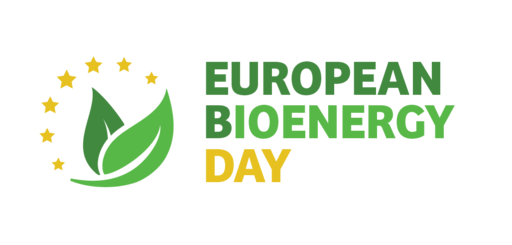Marine bioenergy is a rather new segment of the bioenergy industry, mostly used to refer to all types of biomass extracted or produced from ocean sources. As many European countries have large coastal areas, marine bioenergy could have an interesting potential for the development of 3rd generation biofuel and/or biogas plants. After a phase of public enthusiasm at the beginning of 2010, the development of projects proved to be more complex than expected. Researchers are still working to make these technologies cost efficient and replicable on a large scale.
Marine biomass sources
The most well-known source of marine biomass is algae. The term “algae” refers to a great diversity of organisms—from microscopic cyanobacteria, to giant kelp. Among algal fuels’ attractive characteristics are that they can be grown with minimal impact on fresh water resources, can be produced using saline and wastewater, have a high flash point, and are biodegradable and relatively harmless to the environment if spilled. Algae can be converted into various types of biofuels, depending on the technique used including biodiesel, biobutanol or bioethanol. Methane can also be obtained, namely by gasification, pyrolysis or the anaerobic digestion process. In addition to energy production, algae produce all sorts of useful compounds that can be used to create a wide range of bio-based materials.
Another source of marine biomass feedstock lies in the production of wastes and residues by the fi sh farms industry. Recycling sludge or using fi sh waste together with manure from animal production could boost the biogas production versus using manure or fi sh waste alone, providing a benefit to both sectors.
